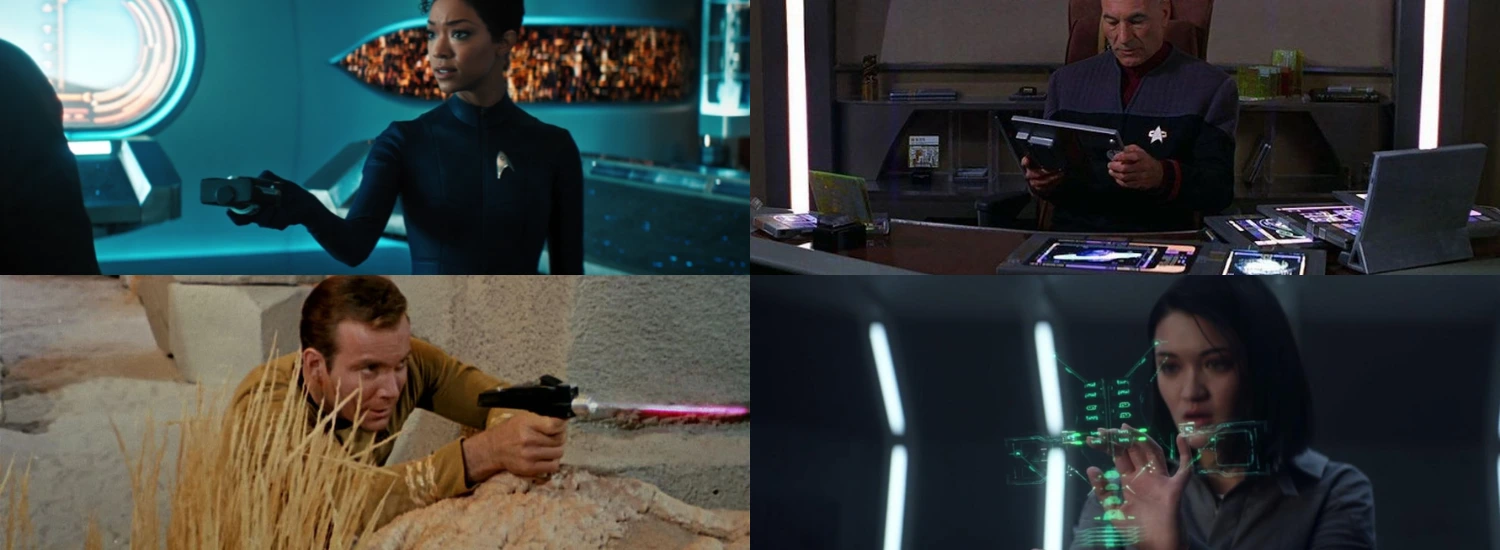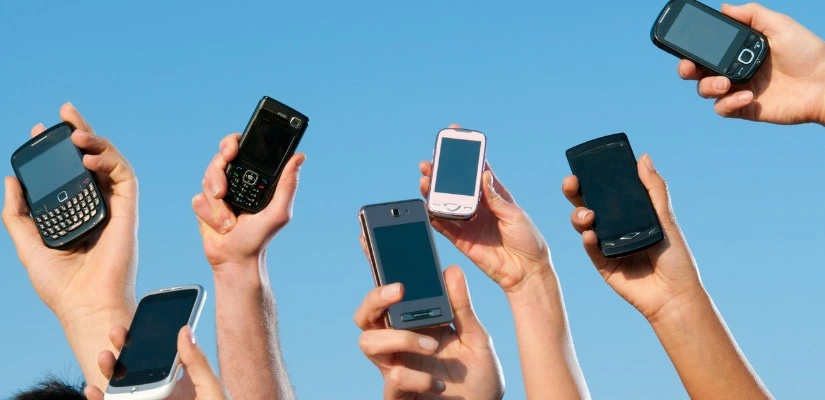TECHNOLOGY
‘Star Trek’ Technology That You Thought Would Never Exist, But It Does Today

Star Trek has provided viewers with a glimpse of the future for the past half-century. Viewers were transported to strange new worlds while seeking new beginnings and civilizations and exploring areas no one had ever imagined before.
Suppose there’s one thing we’ve learned from these televised journeys is that space is brimming with imaginary technical marvels. Some of which may have impacted real-world scientific advancements, discoveries, and inventions. But is it truly Star Trek?
We analyze data from Starfleet’s most sensitive files to find out which Star Trek technology has beamed into existence.






